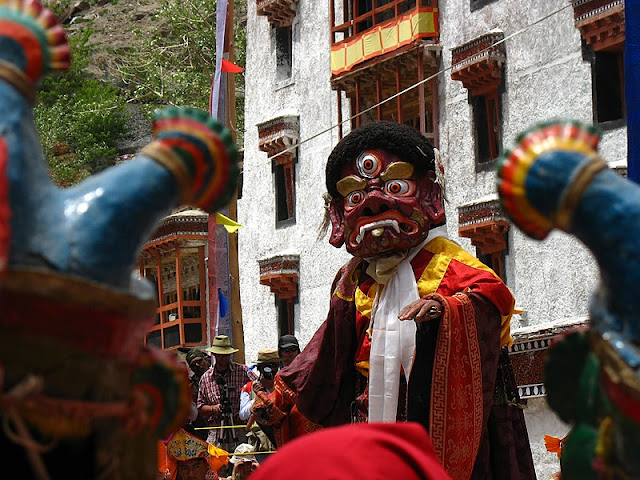Shivaji: Founder of the Great Maratha Empire

One of the most famous figures of Indian history, Shivaji was the founder of the Maratha kingdom. The rise of Marathas is considered to be a revival of Hinduism in the seventeenth century. A brilliant leader, Shivaji was a just ruler and a statesman of consummate craft. He always respected the religion of his adversaries. Belonging to the Bhonsle clan, Shivaji was born in the hill-fort of Shivneri near Junnar (in the Pune district of Maharashtra) in 1630. According to one school of thought, he was born in 1627. His grandfather Maloji was employed with the Nizam Shahi rulers of Ahmednagar. Shahji, eldest son of Maloji and father of Shivaji, was initially in the service of the Ahmednagar kingdom as a trooper in the army. Shahji was married to Jijabai, daughter of a noble in the service of Nizam Shahi Kingdom. Jijabai, who was a virtuous lady and had a profound impact on Shivaji, was the daughter of Lakhuji Jadav Rao, who claimed descent from the Yadavas of Devagiri. Shahji was soo



.jpg)
